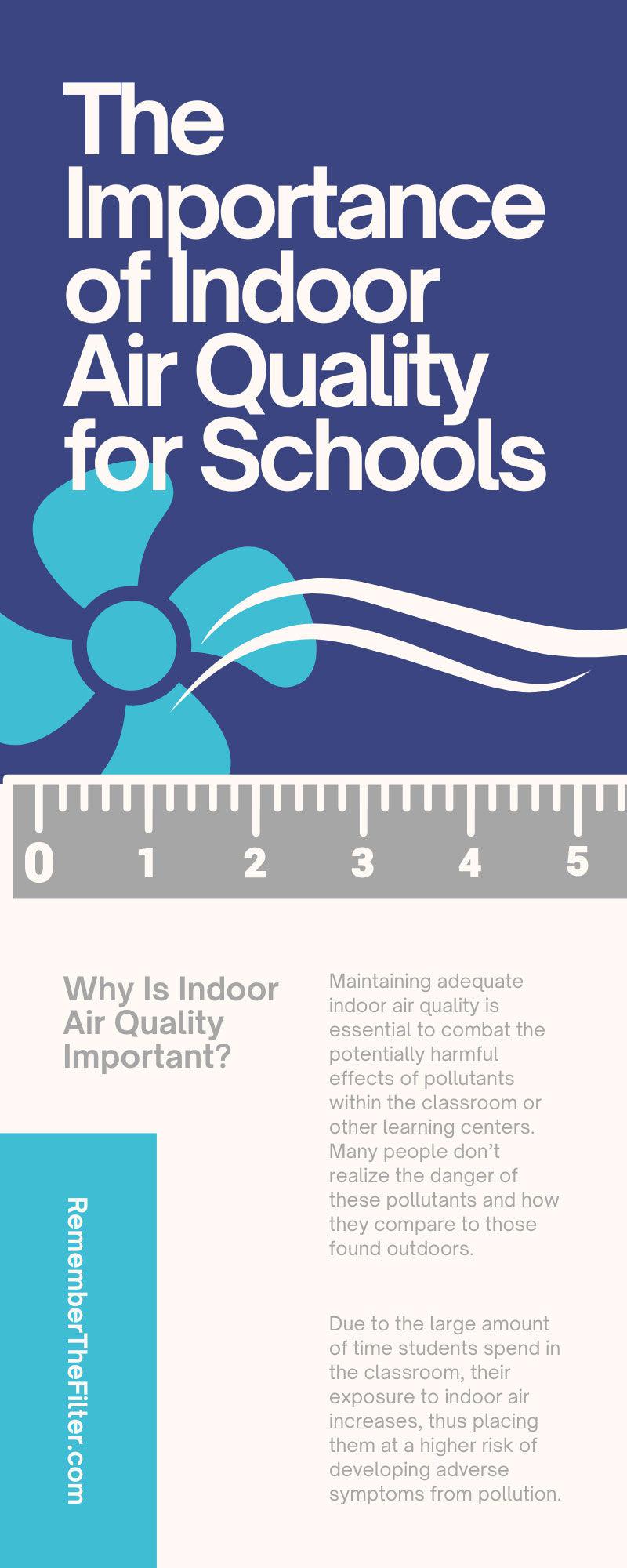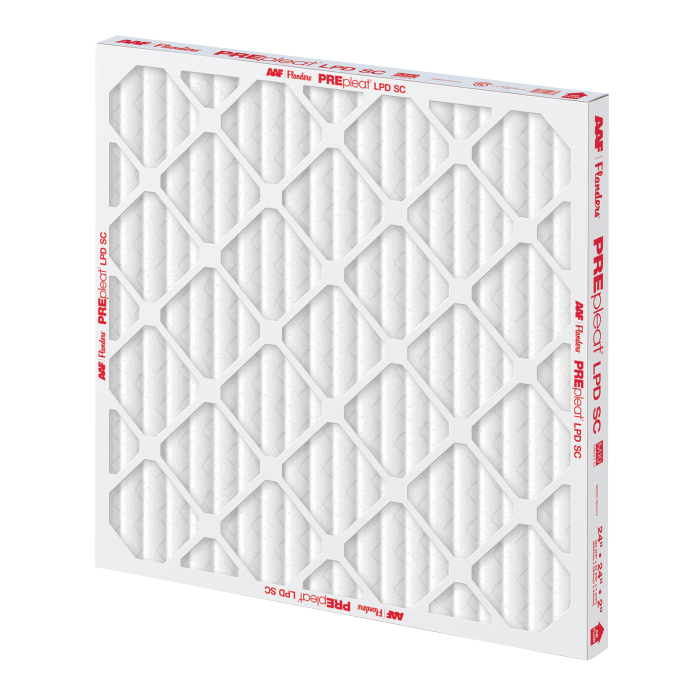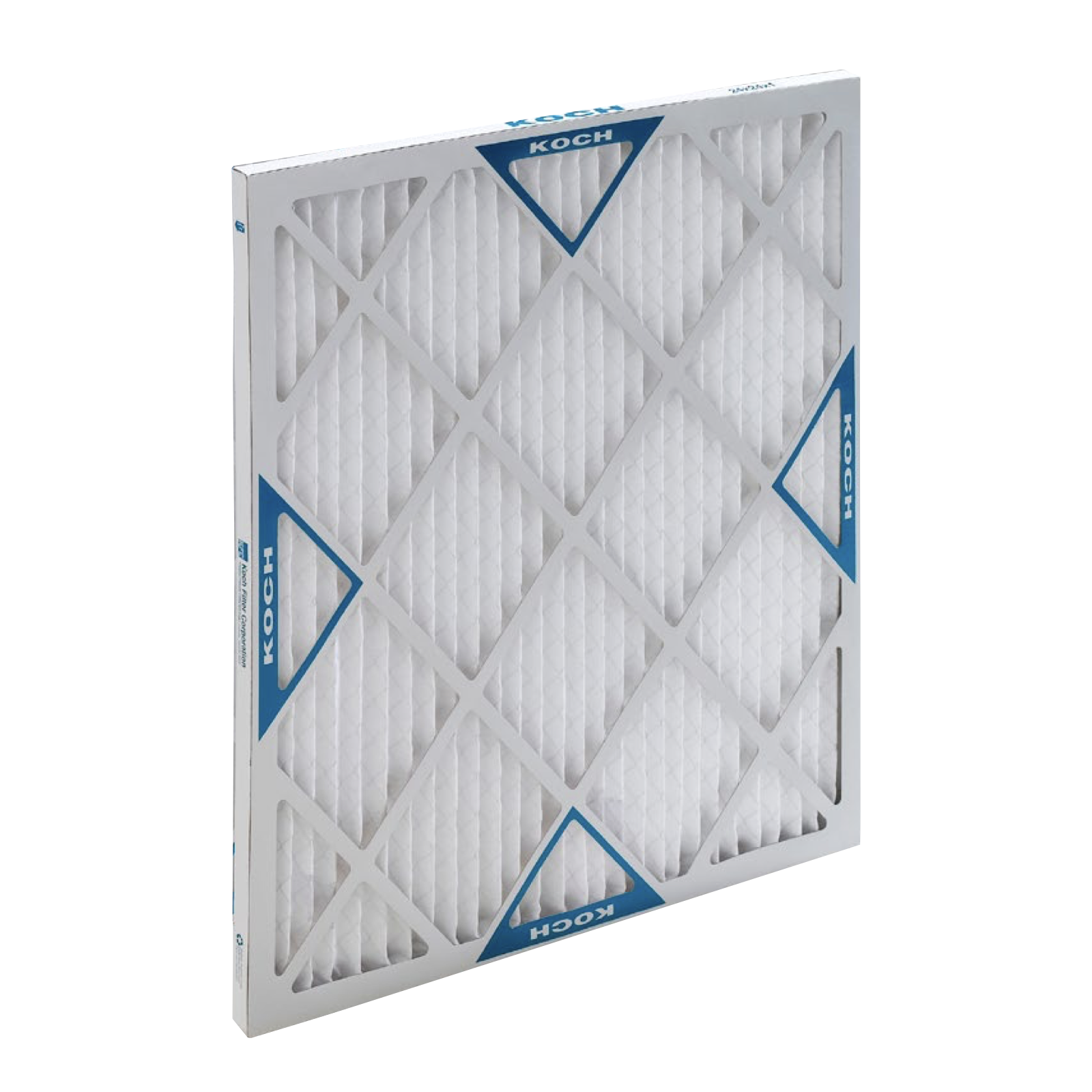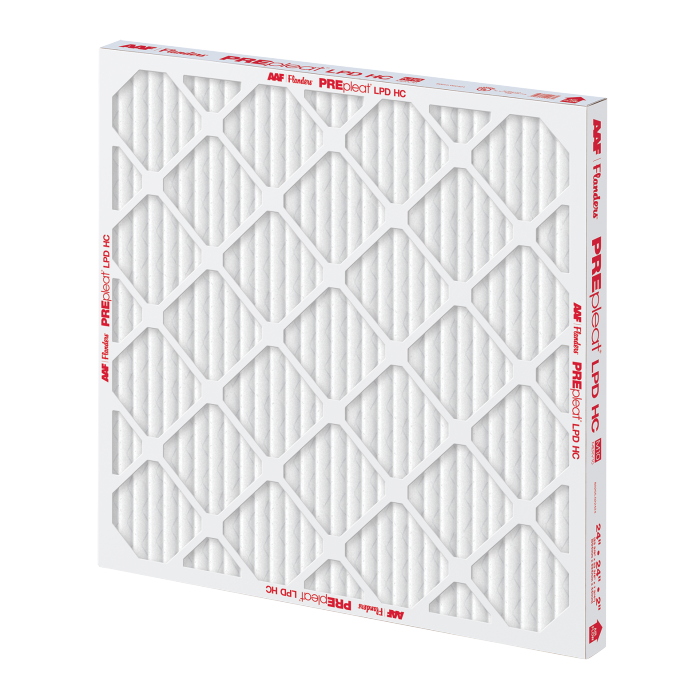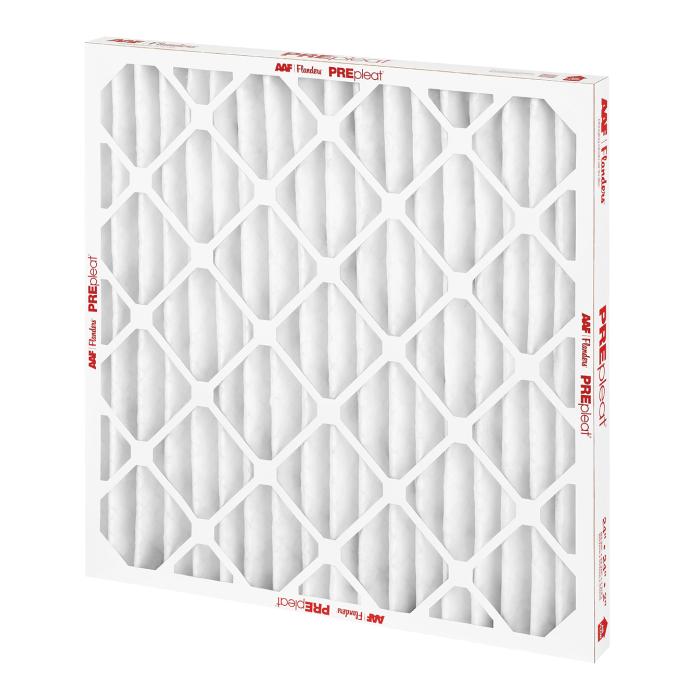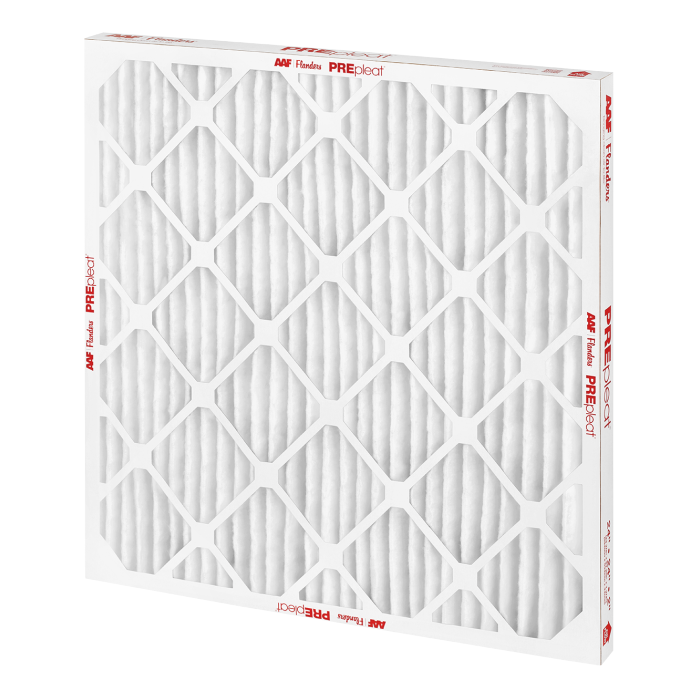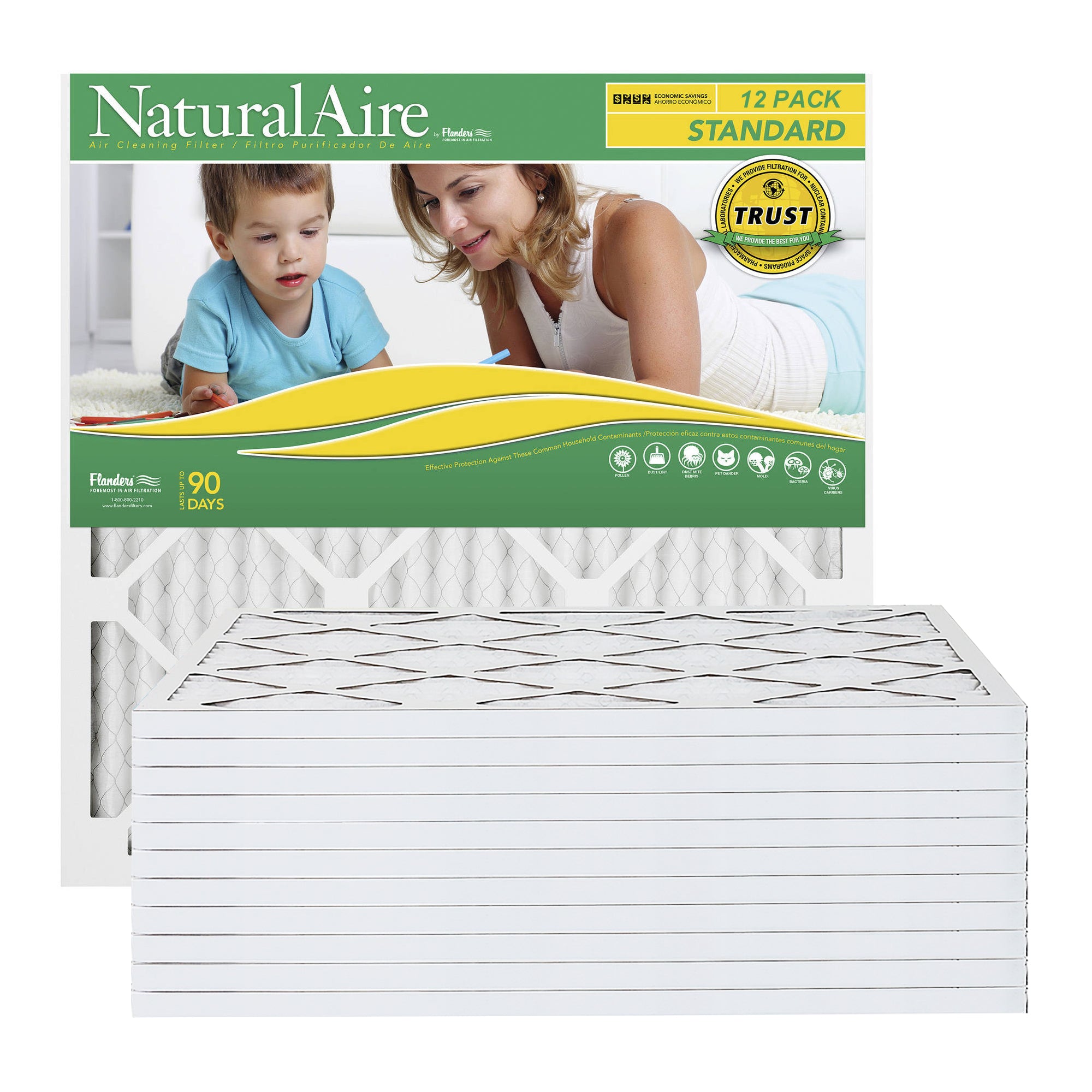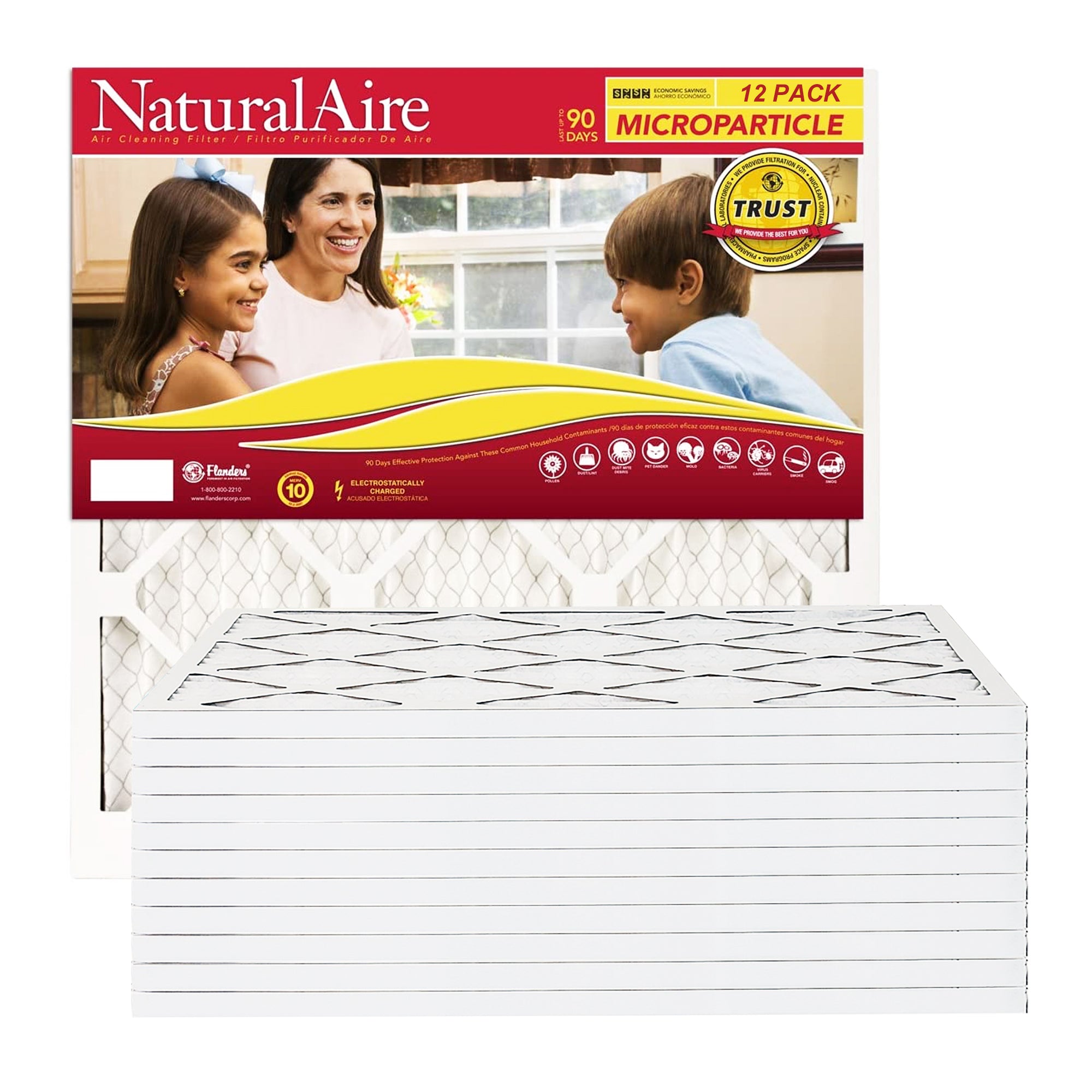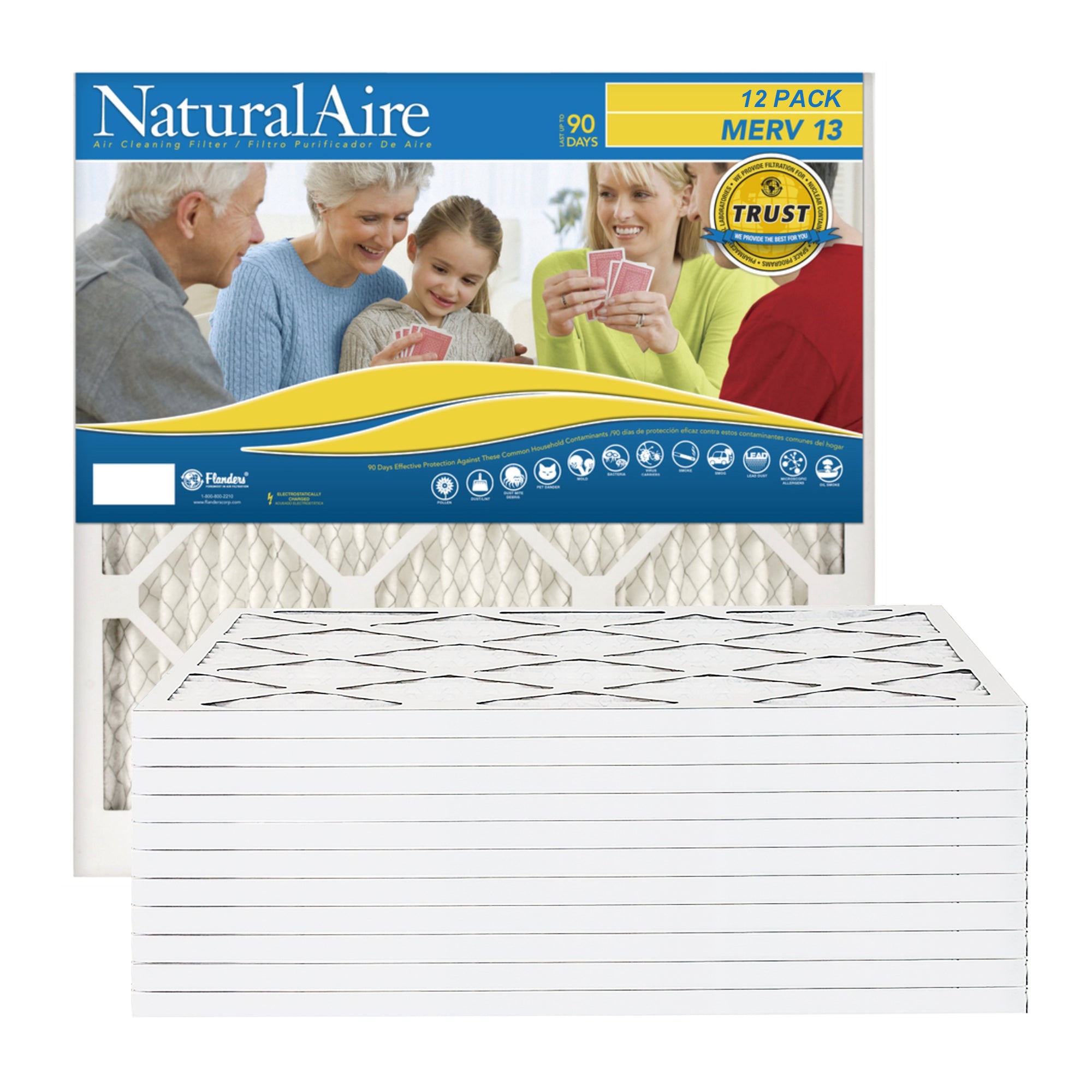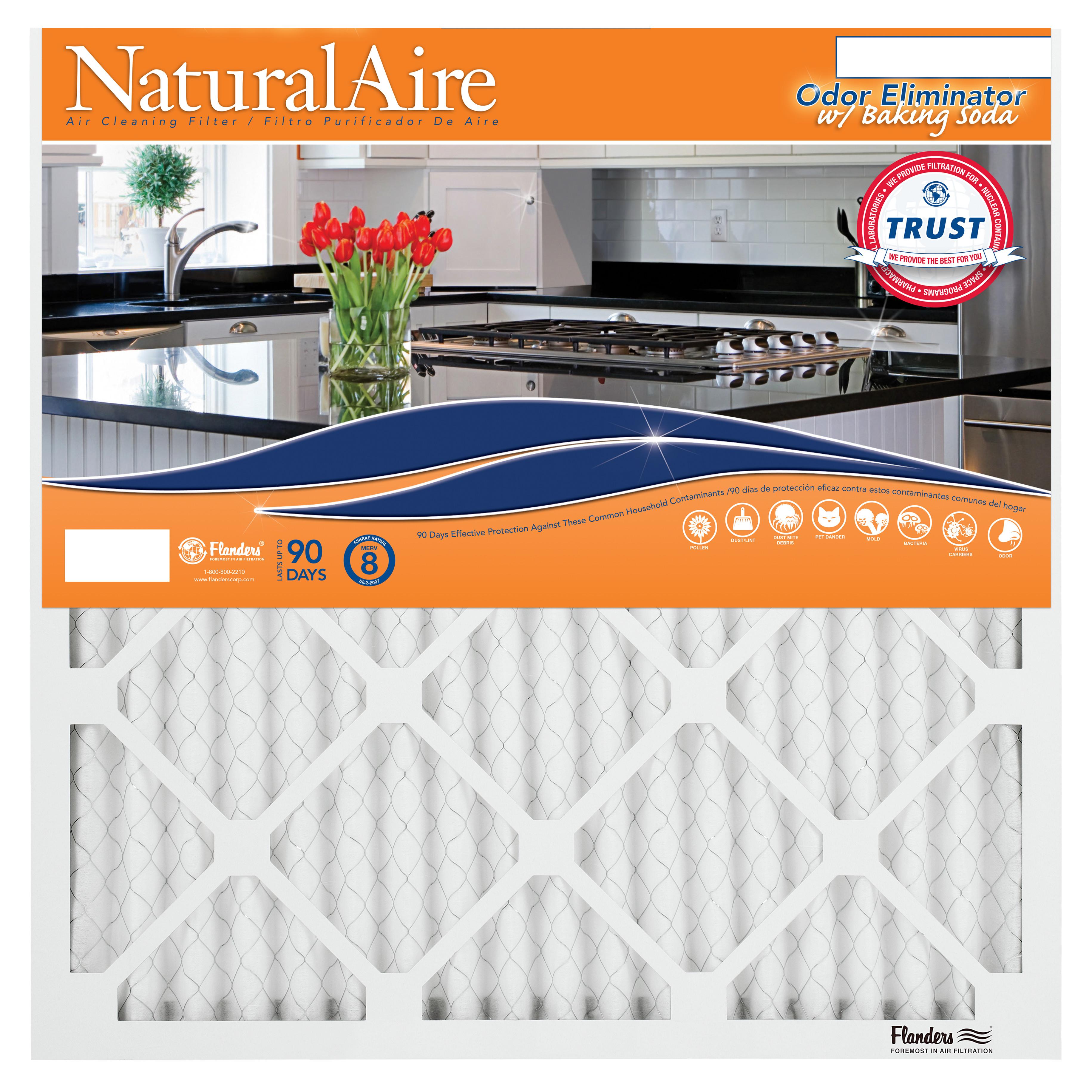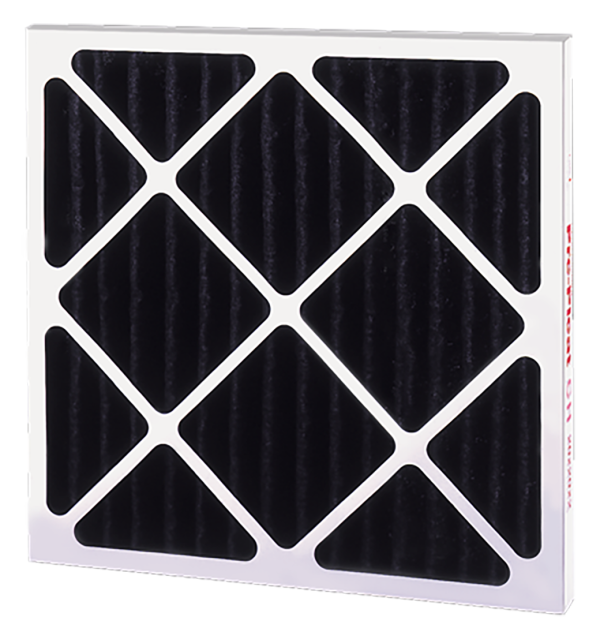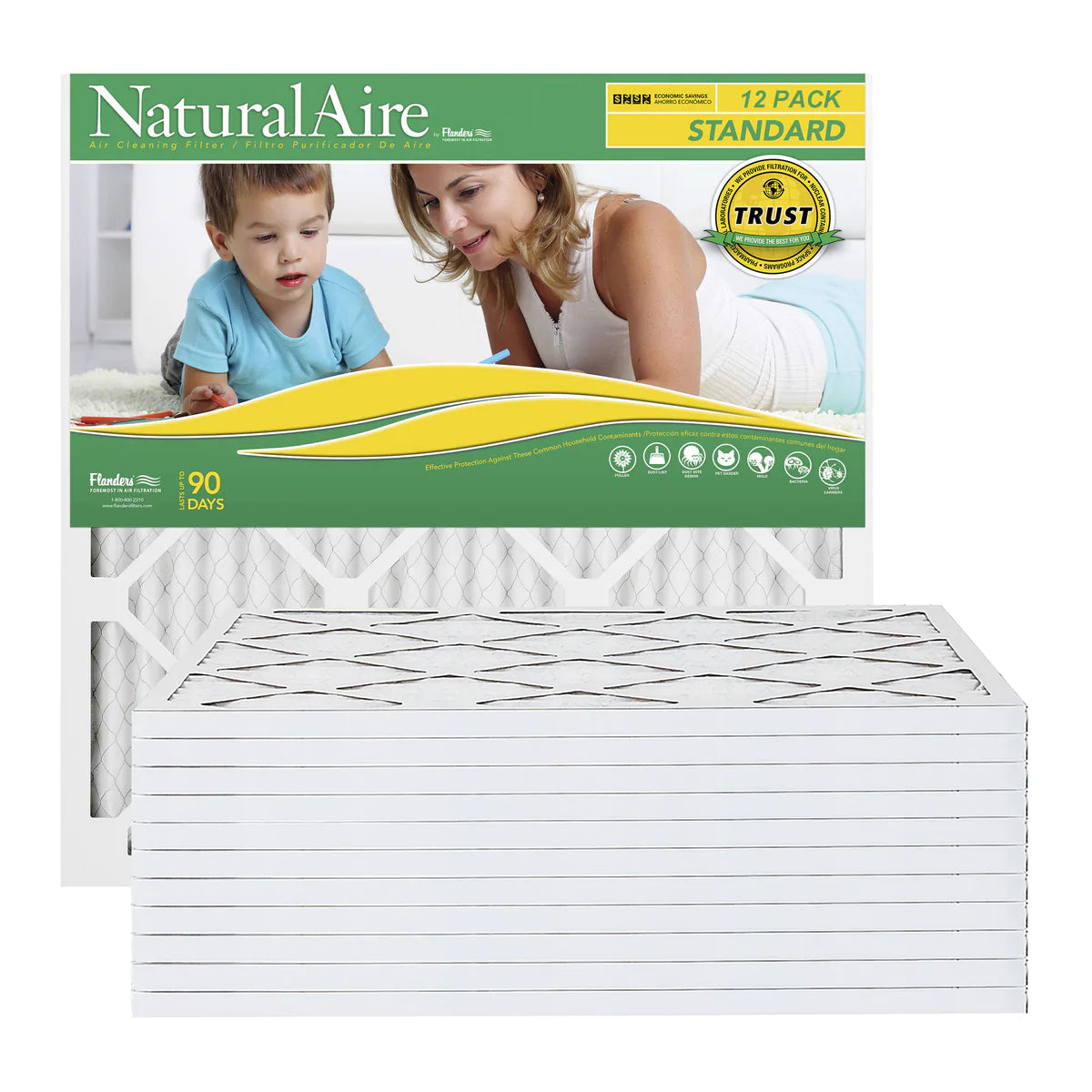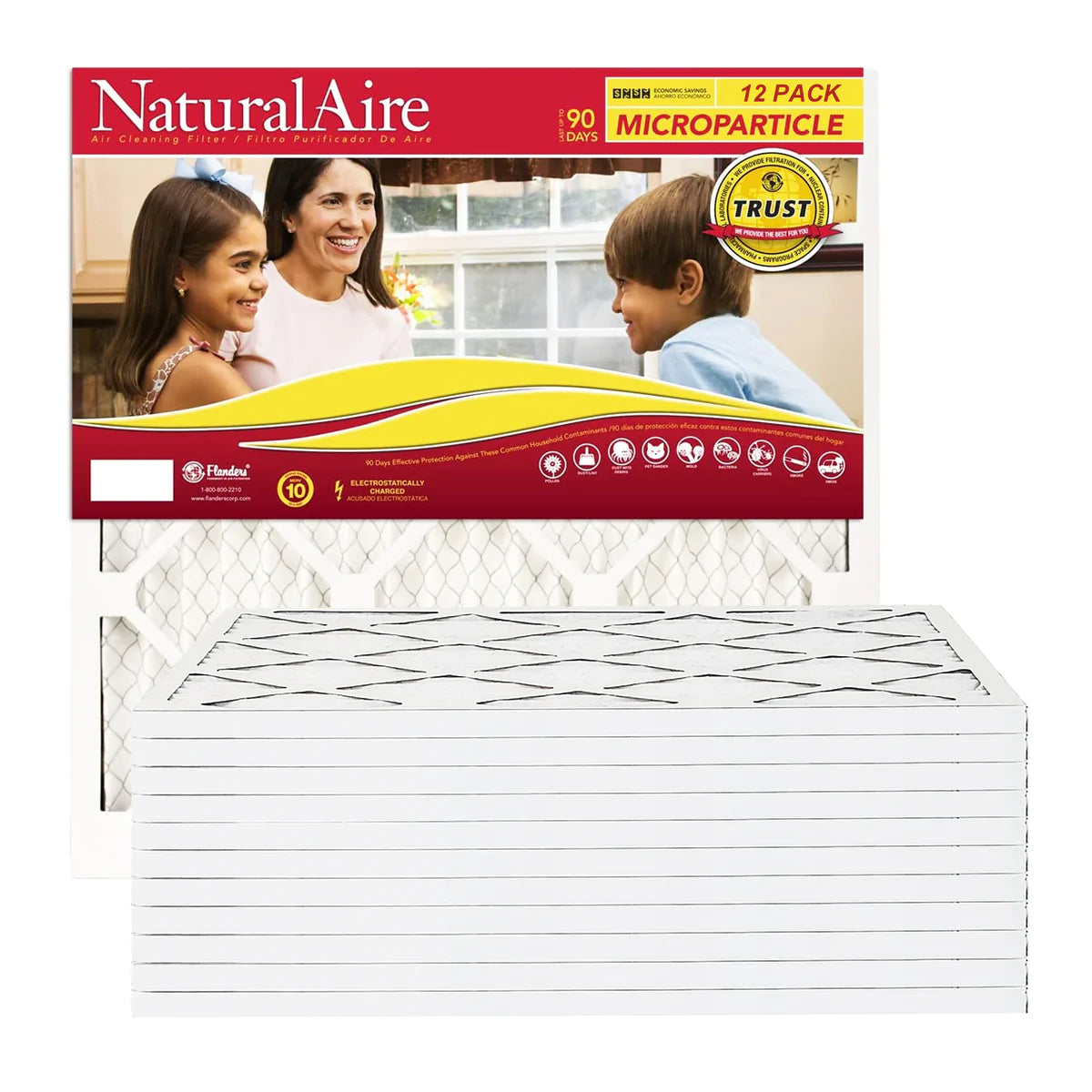When we think of air pollution, we immediately think of the outdoor air pollution that comes from vehicle and factory emissions. However, one of the most common places for pollution are actually indoors.
This is more prominent in enclosed, larger areas, such as commercial buildings and schools. Indoor air quality is especially crucial in schools due to the amount of time students spend in them.
In this article, you’ll discover the importance of indoor air quality for schools and what you can do to maintain it.
Why Is Indoor Air Quality Important?
Maintaining adequate indoor air quality is essential to combat the potentially harmful effects of pollutants within the classroom or other learning centers. Many people don’t realize the danger of these pollutants and how they compare to those found outdoors.
Due to the large amount of time students spend in the classroom, their exposure to indoor air increases, thus placing them at a higher risk of developing adverse symptoms from pollution.
Poor indoor air quality in schools can expose students and staff to harmful contaminants, such as asbestos, formaldehyde, lead, mercury, radon, or polychlorinated biphenyls (also known as PCBs).
What Are the Effects of Poor Indoor Air Quality?
These chemicals and pollutants above can lead to several negative effects, especially with continued exposure.
Some general effects include coughing, lung irritation, eye irritation, headaches, allergic reactions, asthma, and other respiratory illnesses. Every situation is case by case. But again, the longer the exposure to chemicals and pollutants, the more harmful it is.
What Are Some Common Indoor Air Pollutants in Schools?
In schools, some more common air pollutants come from poor cleaning practices or not switching air filters when required. The more common allergens we see in schools include dust mites, pests, and molds that can certainly exacerbate respiratory symptoms due to illnesses.
Therefore, it’s critical to be aware of the air quality in schools. Below, you’ll discover some of the more extreme harmful chemicals present in environments with poor indoor air quality.
Radon
Radon is an extremely dangerous, naturally occurring chemical from the ground. Radon can enter schools through foundation cracks. Like fire and smoke alarms, radon monitors and alarms are standard for identifying radon in schools.
Mercury
Mercury exposure can occur due to the presence of certain products, such as fluorescent light bulbs, thermostats, thermometers, batteries, and electrical switches. Schools can mitigate mercury exposure in the air by removing these products and replacing them with safer alternatives.
Formaldehyde
This chemical is typically a colorless, distinct-smelling gas that can irritate the nose, eyes, and throat. This chemical can also exacerbate respiratory symptoms in people with preexisting conditions.
The occurrence of formaldehyde is more common than you think since it’s present in various building materials. For example, you may have seen formaldehyde warnings on tags of new furniture.
When receiving new furniture, you should air out the space that it’ll be in for a few hours before letting anyone use it.
Asbestos
Asbestos is another chemical commonly present in building materials and building insulation. It’s especially prevalent in older buildings and older schools. Over time, asbestos exposure can cause lung tissue damage and cancer.
When installing or removing building insulation, you should wear the proper safety equipment like goggles and masks. Without air filtration, these fibers are free to wander through the air and can begin to build up.
PCBs
PCBs are another group of chemicals present in school settings. These usually appear in construction materials and electrical products. However, there have been new laws regulating their usage across multiple products.
Lead
Lead can enter the air through lead-based paint and during paint removal. This lead dust can cause a wide variety of problems that can affect everyone. It’s especially dangerous for pregnant women and smaller children.
Like PCBs, there are several new laws and regulations required for contractors to be aware of. As a result, they must use safer alternatives to prevent lead contamination, but it’s still worth mentioning on this list.
How Can You Improve Indoor Air Quality in Classrooms?
Children’s health remains a universal concern for parents and staff, but it may continue to deteriorate if they have more exposure to indoor contaminants. Fortunately, there are efficient ways to reduce the amounts of pollutants in the air, improving indoor air quality and avoiding adverse effects.
Ventilation Systems
While the simplest ventilation method is to open doors and windows, this could backfire depending on the quality of the outside air. If your outdoor environment experiences significant pollution, that could lead to polluted air flowing in when you open doors and windows.
Instead, consider investing in proper ventilation systems that let clean air in and force stale, damp air out.
Air Purifiers
There are plenty of air purifiers on the market. These devices force air through filters, trapping contaminants in the process. The filter also acts as a barrier to trap fine particulate matter and prevent it from traveling through airways.
Consider investing in air purifiers and placing them in classrooms, the cafeteria, and other common indoor areas to encourage clean circulating air.
Incorporate Weatherstripping
Weatherstripping is a process that involves sealing gaps in doors and windows. Often, these structures may warp due to temperature changes, increasing the possibility of developing openings that effect their functionality.
A door or window in need of weatherstripping may allow air to leak through. With too much hot air from outside, students may feel that the room is stuffy. On the other hand, gaps could let warm air out when it’s cold out. Either way, the air quality becomes less controllable, the HVAC system must work harder, and pollutants can come in.
To effectively weatherstrip the classroom, start by inspecting every corner of the room and identifying those air leakages. Next, choose your desired material to seal the gap.
Changing Air Filters
If the school has an operating HVAC system, then the system will have a filter that requires a change. You must do this regularly to maintain its effectiveness. Otherwise, the filter can cease to function, allowing pollutants to build up in the school’s air freely.
The importance of indoor air quality in schools is overwhelming. As students filter back into the school setting, you want to provide a safe space that’s conducive to learning. By maintaining indoor air quality, you can ensure that students and staff have the best experience when coming together for the purpose of education and teaching.
When it comes to pleated furnace filters and filtering components in general, RTF is a reputable partner that has the necessary tools to ensure air quality. Our professional-grade air filters are efficient at trapping indoor air pollutants, allowing you to breathe the cleanest air possible.
